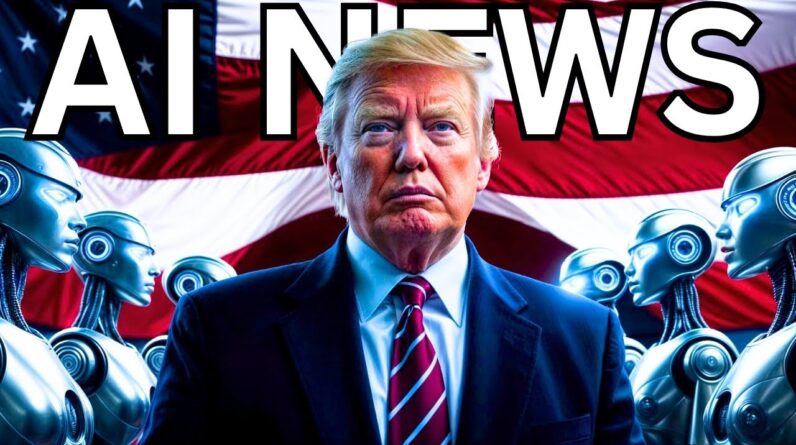
As you delve into the realm of the future of firefighting, imagine a scenario where AI drones stand at the forefront of innovation and safety. Discover how these advanced technologies are revolutionizing emergency response strategies and shaping the landscape of firefighting as we know it.
The Future of Firefighting: AI Drones at the Forefront
In a world where technology is advancing at an unprecedented pace, the realm of firefighting is also undergoing a revolutionary transformation. One of the most striking innovations in the firefighting industry is the integration of Artificial Intelligence (AI) with drones, bringing a new dimension to emergency response tactics. Imagine a scenario where AI-powered drones soar through the smoke-filled skies, detecting and extinguishing fires with unparalleled efficiency. This groundbreaking approach not only enhances the safety of firefighters but also minimizes property damage and saves lives. Let’s delve into the future of firefighting, with AI drones leading the charge.
Unveiling the Advantages of AI Drones in Firefighting
-
Enhanced Surveillance: AI drones equipped with high-definition cameras provide real-time footage of the fire scene, enabling firefighters to assess the situation accurately and strategize their response effectively.
-
Rapid Response: With the ability to cover vast areas swiftly, AI drones can reach remote locations and deliver essential supplies or perform reconnaissance missions before human intervention.
-
Precision Fire Suppression: Utilizing AI algorithms, drones can identify the source of the fire, target specific areas, and deploy firefighting agents with pinpoint accuracy, mitigating the spread of flames.
-
Improved Safety: By reducing the need for firefighters to enter hazardous environments, AI drones minimize the risk of injuries and ensure a safer operational environment for emergency responders.
-
Cost Efficiency: The use of AI drones in firefighting optimizes resource allocation, streamlines operations, and ultimately leads to cost savings for fire departments and authorities.
Overcoming Challenges and Embracing Innovation
Despite the remarkable functionalities of AI drones in firefighting, there are inherent challenges that need to be addressed to maximize their potential. From regulatory hurdles to technical limitations, the integration of AI technology into traditional firefighting practices requires a collaborative effort from experts in both fields. By fostering partnerships between AI specialists and firefighting professionals, the industry can harness the full capabilities of drones and drive innovation to new heights.
The Human Element: Collaborating with AI for Enhanced Fire Response
While AI drones bring unmatched precision and efficiency to firefighting operations, the significance of human expertise cannot be overstated. The synergy between AI technology and human intuition creates a formidable partnership that elevates the effectiveness of emergency response efforts. Firefighters working in tandem with AI drones combine experience, critical thinking, and technological prowess to combat fires swiftly and decisively.
Conclusion
In conclusion, the integration of AI drones in firefighting represents a paradigm shift in emergency response strategies. By leveraging cutting-edge technology, such as AI algorithms and autonomous drones, the future of firefighting is poised for unprecedented advancements. As we embrace innovation and collaboration, the synergy between AI and human responders holds the key to enhancing safety, reducing property damage, and saving lives in the face of fires.
FAQs (Frequently Asked Questions)
- How do AI drones help in firefighting operations?
- What are the primary advantages of using AI technology in firefighting?
- Are there any limitations to the deployment of AI drones in emergency response scenarios?
- How can firefighters adapt to the integration of AI drones in their operational protocols?
- What role does regulatory compliance play in the widespread adoption of AI drones for firefighting purposes?







